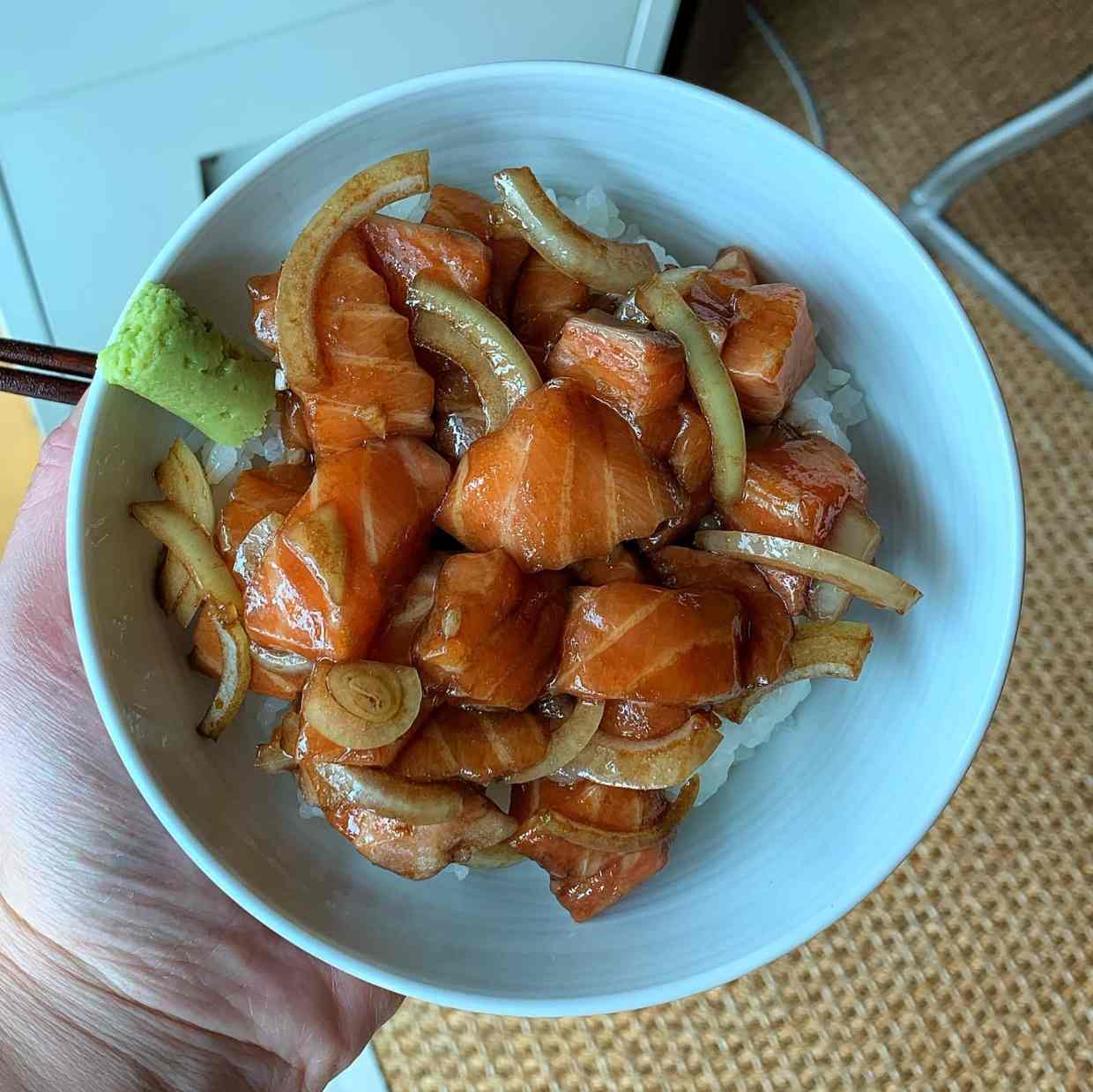
Origins and Variations of Poke.
In recent years, poke and poke bowls have been so trendy. For decades in Hawaii, it’s everyday food found in the markets. And well before that, it has actually been around for centuries. Learn the origins of poke history, its name, and how it varies from island to mainland.
Poke History: Its Origins and Variations
Centuries before the white man arrived from the mainland on the shores of Hawaii and the Polynesian islands, native Polynesians were already making a form of poke using raw reef fish, sea salt, seaweed, and crushed candlenut. Salt enhanced the flavor of the dish as well as preserved the fish.
Later, Chinese immigrants, Japanese immigrants, and mainland sailors traded and introduced salmon, soy sauce, and sesame oil which became prominent in modern recipes.
The name “poke” came about in the 1960s or 1970s which was around the time when ahi tuna was more accessible and available in the markets. It refers to the slicing or the crosswise cut of the fish into pieces. Chef Sam Choy, one of the early pioneers of modern Hawaiian cuisine, created the current method of poke in the 70s which is still used today.

Typically, poke is made with a seafood protein like tuna, salmon, octopus, or mussels. The seafood is chopped and marinated in soy sauce, sesame oil, onion, and seaweed. That’s it. It simply sits in the marinade and it’s ready to eat.

In the last decade, mainlanders embraced poke and made it their own by adding on all kinds of sauces, like mayonnaise and sriracha, and toppings like avocado, corn, edamame, etc. Typically, this style of poke is not pre-marinated, and rather it is mixed per order.
Sign up for my newsletter on the sidebar for blog updates and my travel insider tips! And, check out my vlogs on YouTube!


